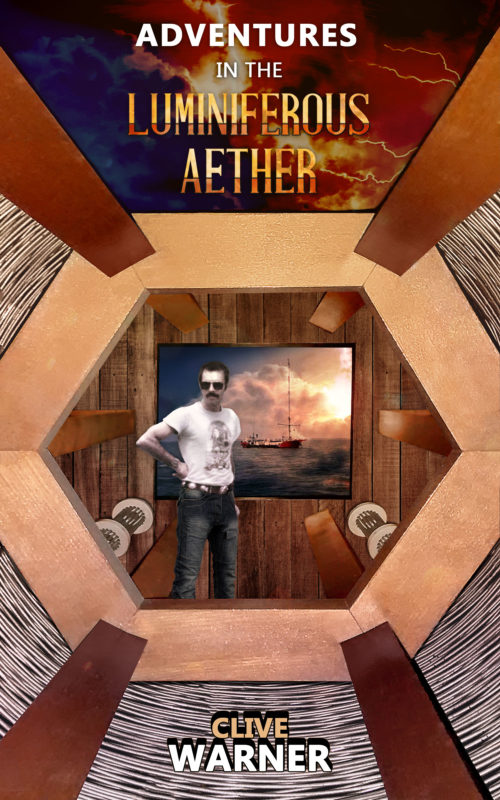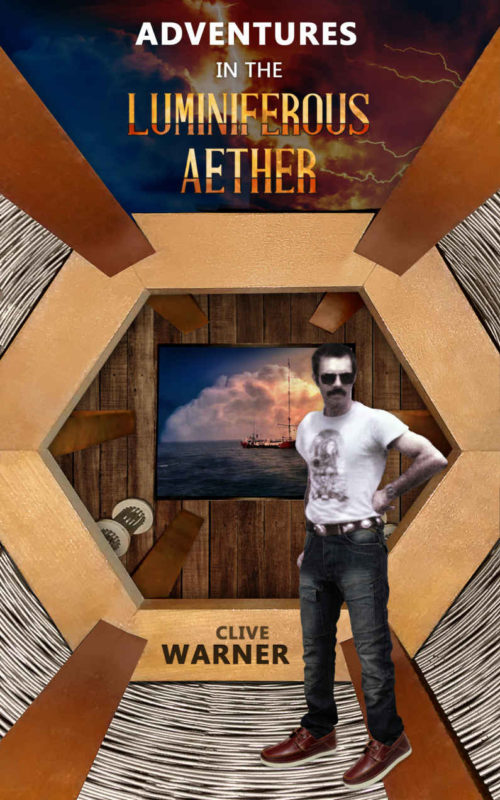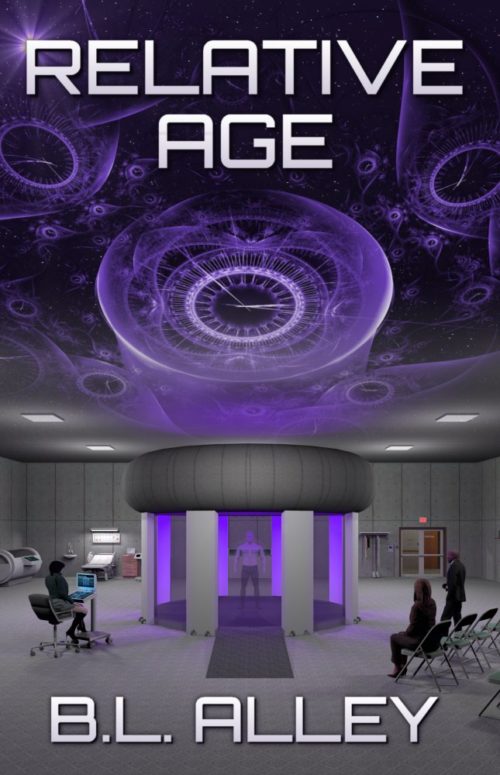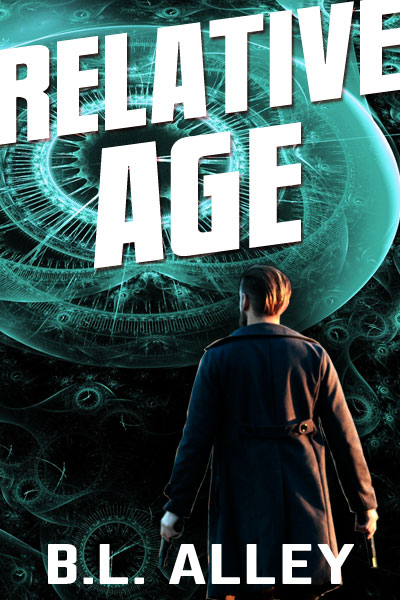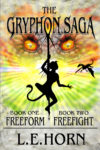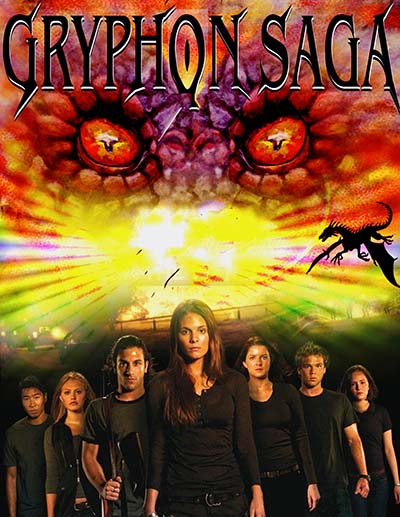The author says:
It’s set in a Hellenistic world where people who have exhibited supernatural abilities are known as Tallents. Its an Urban fantasy/Dystopian novel. The target audience is young adults both men and women between ages 12 and up, mainly those who are into fantasy elements like vampires, demons, werewolves, etc.
Nathan says:
It’s a good start — the artwork is obviously snazzy, although I’d take the color saturation down a titch.
The biggest problem is with the text. As you can see especially in the thumbnail, the title and subtitle merge with the background, and the beveling on the letters hinders rather than helps. And there’s no reason for the byline to be the only part of the cover not aligned to the center (and in italics to boot).
I would actually make the title and subtitle larger (recrop the art so that the figure is lower if you have to) with a clear drop shadow or outside border to set the letters off from the art, and then have the byline in the same font, centered and extending almost fully side to side at the bottom.
Other comments?




